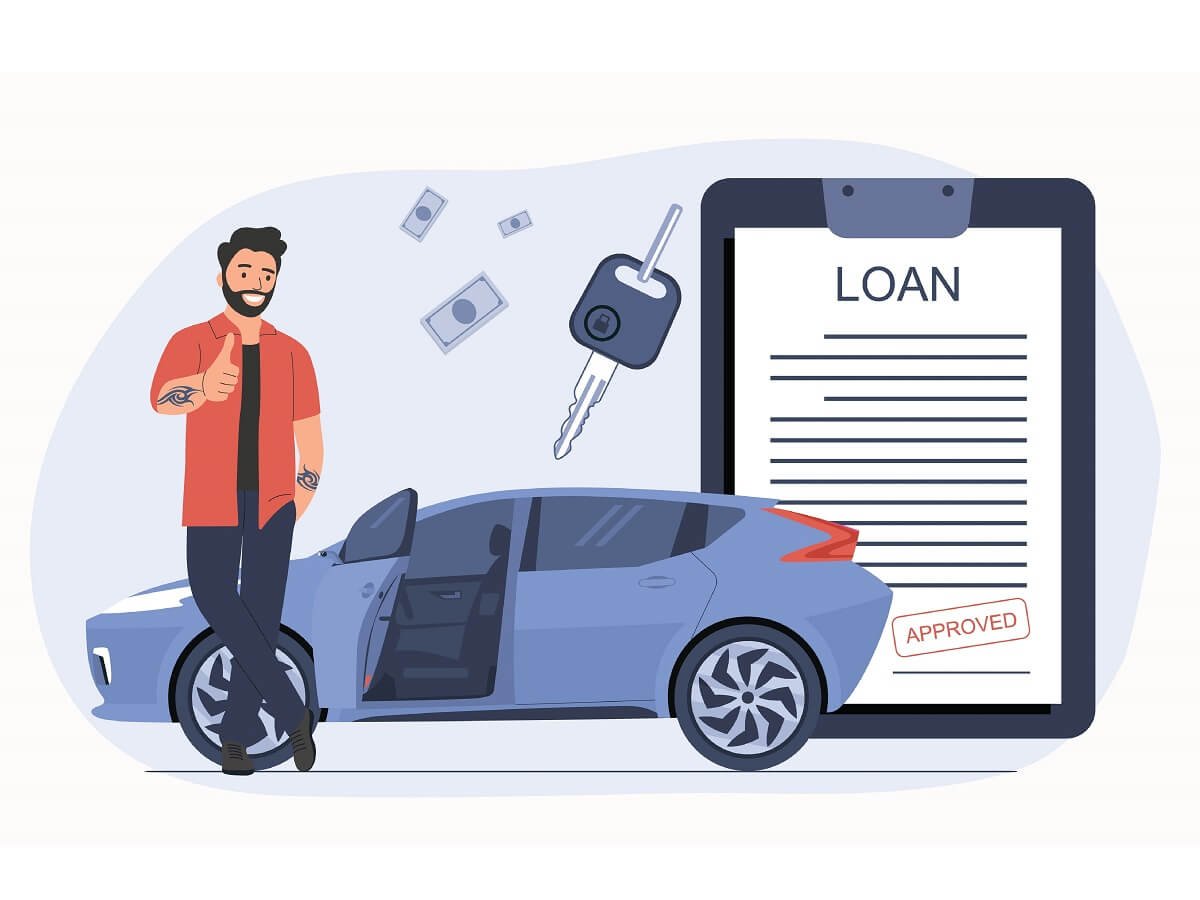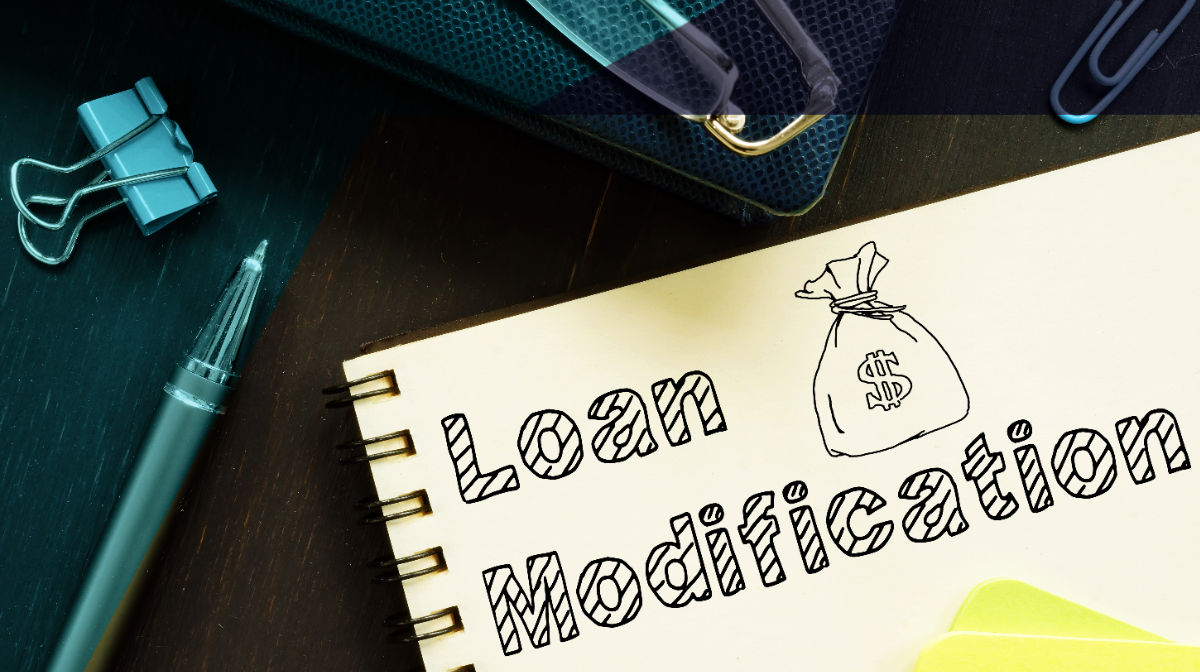When you finance a boat, the lender typically holds a lien on the vessel, meaning they have a legal claim to it until the loan is fully repaid. This lien is usually noted on the boat’s title or documentation. Selling the boat without addressing this lien can lead to legal complications, as the buyer cannot obtain clear ownership until the lien is released.
Importance of Addressing the Lien
Before proceeding with the sale, it’s crucial to understand that the lien must be satisfied—either by paying off the loan in full or through arrangements with the lender—before the buyer can take full ownership of the boat. Failing to do so can result in legal issues and potential financial loss for both parties.
Step-by-Step Guide to Selling Your Financed Boat
Step 1: Determine Your Loan Payoff Amount
Contact your lender to request a payoff statement, which details the exact amount needed to satisfy the loan, including any interest and fees. This figure is typically valid for a specific period, often 10 days, so timing is essential.
Step 2: Assess the Boat’s Market Value
Evaluate your boat’s current market value using resources like the NADA Marine Guide or Boat Trader’s pricing tools. Consider factors such as the boat’s age, condition, and any upgrades or accessories included. Setting a competitive price that covers your loan payoff amount is crucial.
Step 3: Decide on the Sale Method
You have several options for handling the sale:
- Pay Off the Loan Before Sale: If financially feasible, paying off the loan before listing the boat simplifies the process, allowing you to transfer a clear title to the buyer.
- Use Buyer’s Funds to Pay Off the Loan: Arrange for the buyer’s payment to go directly to the lender to satisfy the loan, with any remaining funds going to you. This requires coordination with the lender and transparency with the buyer.
- Buyer Assumes the Loan: In some cases, the buyer may assume your existing loan, taking over the remaining payments. This option depends on the lender’s policies and the buyer’s creditworthiness.
Step 4: Prepare Necessary Documentation
Ensure you have all required documents ready:
- Title or Proof of Ownership: Essential for transferring ownership.
- Loan Payoff Statement: Provides the exact amount needed to satisfy the loan.
- Bill of Sale: Outlines the terms of the sale, including the purchase price and any conditions.
- Lien Release: Issued by the lender once the loan is paid off, allowing the title to be transferred.
- Maintenance Records: Demonstrates the boat’s condition and upkeep history.
- Warranty Information: If applicable, provides details on any existing warranties.
Step 5: Market the Boat
List your boat on reputable platforms such as Boat Trader, YachtWorld, and local classifieds. High-quality photos and detailed descriptions highlighting the boat’s features and condition can attract potential buyers. Be transparent about the existing loan and the steps you’ll take to ensure a smooth transfer of ownership.
Step 6: Negotiate and Finalize the Sale
Once you find a buyer, negotiate the terms of the sale, keeping in mind the loan payoff amount. Coordinate with the lender to ensure the loan is satisfied and the lien is released promptly. Provide the buyer with all necessary documentation to complete the transfer of ownership.
Legal Considerations in New York
In New York, boats over 14 feet in length require a title, and any liens must be noted on this title. The New York State Department of Motor Vehicles (DMV) oversees boat registrations and title transfers. Ensure all paperwork complies with state regulations to avoid delays or legal issues.
Tips for a Successful Sale
Timing: Plan the sale to coincide with peak boating seasons when demand is higher.
Transparency: Be upfront with potential buyers about the loan and the steps you’ll take to clear the lien.
Communication: Maintain open lines of communication with both the buyer and the lender throughout the process.
Professional Assistance: Consider hiring a yacht broker or legal professional experienced in boat sales to guide you through the process.
Conclusion
Selling a boat with an outstanding loan in New York requires careful planning, clear communication, and adherence to legal requirements. By understanding your loan obligations, preparing necessary documentation, and coordinating with all parties involved, you can facilitate a smooth and successful transaction. Whether you choose to pay off the loan before the sale or use the buyer’s funds to satisfy the debt, transparency and diligence are key to ensuring both you and the buyer are protected throughout the process.
Frequently Asked Questions (FAQ) About Selling a Boat with a Loan in New York
1. Can I sell my boat if I still have a loan on it?
Yes, you can sell your boat even if there is an outstanding loan. However, since the lender holds a lien on the boat, you must satisfy the loan (pay it off) or arrange for the buyer to pay off the lender before ownership can legally transfer.
2. What is a lien, and why does it matter?
A lien is a legal claim the lender has on your boat until you fully repay the loan. It appears on the boat’s title and prevents the transfer of clear ownership to a new buyer until the lien is released.
3. How do I find out the payoff amount on my boat loan?
Contact your lender directly and request a payoff statement. This document states the exact amount needed to fully pay off the loan, including any interest or fees. The payoff amount is usually valid for a limited time, such as 10-15 days.
4. Can the buyer pay off the loan directly to the lender?
Yes, this is a common method. The buyer pays the lender directly to satisfy the loan, and if the purchase price is higher than the payoff amount, you receive the difference. It requires coordination between you, the buyer, and the lender.
5. What if the buyer wants to assume my loan?
Loan assumption depends on the lender’s policies and the buyer’s credit approval. Not all loans are assumable, so you must check with your lender if this option is available.
6. What documents do I need to sell my boat in New York?
You typically need:
Any warranty information (if applicable)
The boat’s title or proof of ownership
A loan payoff statement from your lender
A bill of sale detailing the transaction
A lien release from the lender once the loan is paid off
Maintenance records (optional but helpful)
7. How long does it take to get the lien released after paying off the loan?
The lien release process varies by lender but generally takes anywhere from a few days to a few weeks. It’s important to follow up with your lender to expedite the release.
8. Can I sell my boat privately, or should I use a broker?
You can sell your boat privately, but using a broker can help simplify the process, especially when dealing with loans and liens. Brokers are experienced in handling paperwork and negotiations.
9. Do I need to notify the New York DMV about the sale?
Yes. In New York, boats over 14 feet must be titled and registered. You or the buyer must notify the DMV of the sale to transfer the title and registration legally.
10. What happens if I sell the boat without paying off the loan?
Selling the boat without paying off the loan or releasing the lien can result in legal issues. The buyer won’t get a clear title, and the lender can repossess the boat if the loan remains unpaid.
Read More:
- How to Become a Loan Signing Agent in Arizona: Complete Step-by-Step Guide
- Can You Use a Hard Money Loan for a Down Payment in Texas? (2025 Guide)
- Can You Get Student Loans for Summer Semester? A Best Guide (2025 Edition)
- How Long Does It Take to Approve a Car Loan in California
- Can You Refinance a Motorcycle Loan? A Detailed Guide




